This trunk set highlights the importance of the Revolutionary War as a maritime conflict, which pitted the world’s two strongest naval powers—Britain and France—against each other for dominance of the seas. Resources in the trunks include introductions to key commanders of each navy, summaries of important naval battles of the Revolutionary War, and items related to the comparatively smaller Continental Navy and American privateers. The trunks also feature items portraying life at sea for sailors, including reproduction clothing and primary source images that demonstrate the divide between naval officers and the common seamen who performed daily chores aboard ship. Included are lessons about the size and power of eighteenth-century navies, the story of John Paul Jones, and how sailors used math and science at sea. The trunks also include materials about sleeping and eating conditions on ships and a reproduced copy of the first clinical trials testing treatments for scurvy.
THE REV WAR AT SEA TRUNKS ARE COMPLETELY BOOKED FOR 2024-25.
Reservations for the 2025-26 school year are now open!
CHARACTER HISTORY AND CONTENT
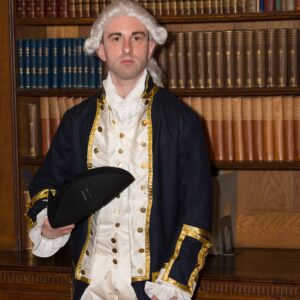
British Naval Captain
For information about the primary sources that inspired the British Naval Captain’s backstory, including the character’s clothing and equipment inventory, and related student and teacher resources from the American Revolution Institute, click the button below.
British Naval Captain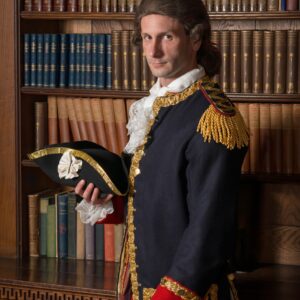
French Naval Lieutenant
For information about the primary sources that inspired the French Naval Lieutenant’s backstory, including the character’s clothing and equipment inventory, and related student and teacher resources from the American Revolution Institute, click the button below.
French Naval Lieutenant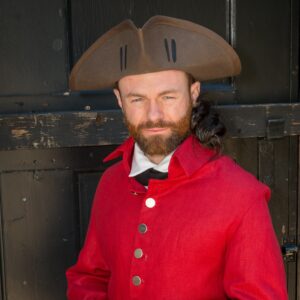
American Privateer
For information about the primary sources that inspired the American Privateer’s backstory, including the character’s clothing and equipment inventory, and related student and teacher resources from the American Revolution Institute, click the button below.
American Privateer
Common Sailor
For information about the primary sources that inspired this Common Sailor’s backstory, including the character’s clothing and equipment inventory, and related student and teacher resources from the American Revolution Institute, click the button below.
Common Sailor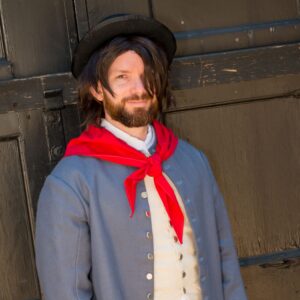
Able Seaman
For information about the primary sources that inspired this Able Seaman’s backstory, including the character’s clothing and equipment inventory, and related student and teacher resources from the American Revolution Institute, click the button below.
Able Seaman
LESSON PLANS
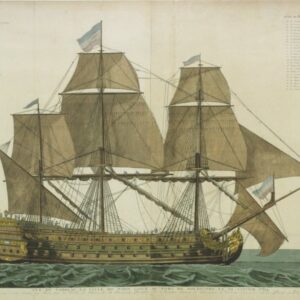
Magnitudes of Naval Power in the American Revolution
The War of the American Revolution involved the two greatest naval powers in the world—Britain and France—in a maritime conflict of unprecedented scale. “Without a decisive naval force we can do nothing definitive,” George Washington wrote to Lafayette. “And with it, everything honorable and glorious.” In this lesson, students will learn about the comparative power of the French, British, and American navies and the wide geographic spread of the naval conflict.
revolutionary world lesson: Magnitudes of Naval Power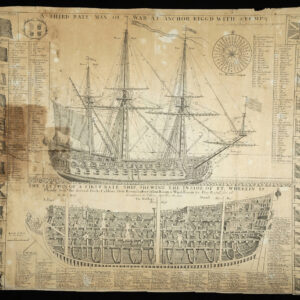
The Wooden World: Daily Life, Sleep and Wellness at Sea
An eighteenth century warship was a society in miniature, with its own language, norms, customs and superstitions. Sailors described it as their “wooden world.” Students will learn aspects of daily life at sea for sailors in the eighteenth century with a focus on sleep and wellness and will make connections to possible ways these conditions influenced military strategy during the Revolutionary War.
Revolutionary World Lesson: The Wooden World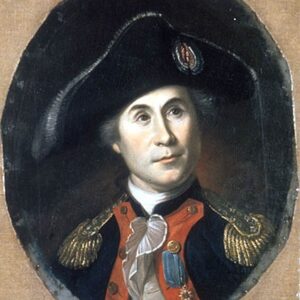
The Pirate Paul Jones
The Revolutionary War created America’s first international naval hero, John Paul Jones. This lesson facilitates an appreciation for the character and legacy of John Paul Jones by analyzing his most memorable quotations and connecting them to the accomplishments of other historic figures and ordinary individuals who share Jones’ spirit.
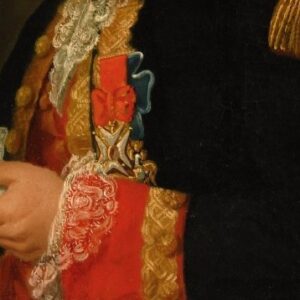
Naval Uniform Analysis
Like today, the clothing sailors and naval officers wore during the eighteenth century reflected their rank, and often, their social standing. Using the traveling trunk materials in the Revolutionary War at Sea traveling trunks, students will explore how clothing such as military uniforms from the past can be used to better understand historical figures and events.
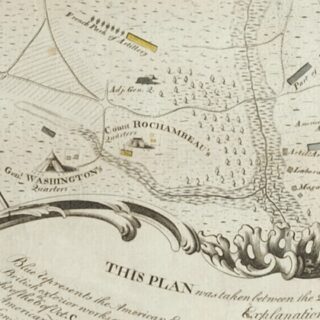
“the welcome news of your arrival…”
The Washington-Rochambeau Revolutionary Route follows the fifteen-month trail of French commander General Jean Baptiste Donatien de Vimeur, comte de Rochambeau, and his force of more than five thousand French soldiers, from their landing in Newport, Rhode Island, in July 1780 to their rendezvous with George Washington and the Continental Army, and the two armies’ combined march southward to Yorktown, Virginia, where they faced the British in the fall of 1781. These lessons provide a glimpse into late eighteenth-century America through the eyes of the French soldiers and officers engaged along the route, showing a fascinating outside perspective on both life in the colonies as well as the diverse population of soldiers in the American army.
master teacher lesson featuring Washington-Rochambeau Route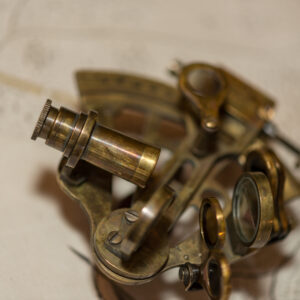
Sextants for Seafarers Lesson
In the eighteenth century, after a ship’s navigator located the North Star, an instrument called a sextant was used to measure the angle of the horizon to determine the ship’s global location. This lesson reinforces how timeless the possession of practical knowledge relative to geography, cardinal direction, latitude and longitudinal measurement and the measurement and identification of celestial beacons is to the art of navigation.
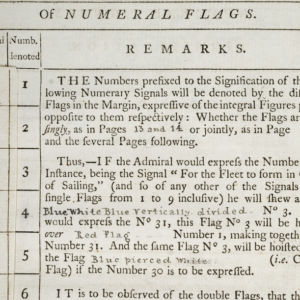
Mariner Math: Addition, Subtraction, Multiplication, and Division Featuring Eighteenth Century Navy Numeral Flags
By the time of the American Revolution, the British Navy under Lord Howe had developed a numeral flag system for communication at sea. This lesson combines the history of naval communications during the war with the practice of fundamental mathematics.
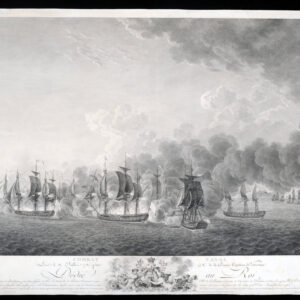
Mariner Math: Line Plots for Limeys
During the Revolutionary War at sea, America’s new Continental Navy, aided by allies from the French Navy, faced off against the Royal Navy of Great Britain. This lesson compares the size and relative force of each navy’s fleet and the combined force of the American and French navies in proportion to the three major classes of vessels within each fleet using line plots.